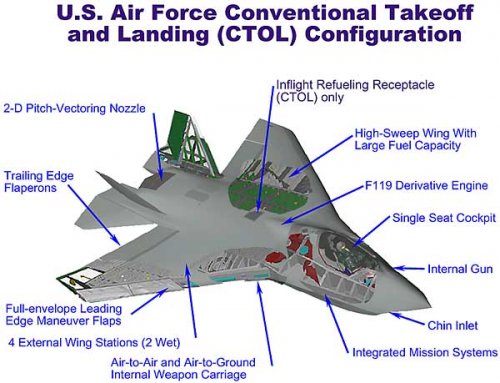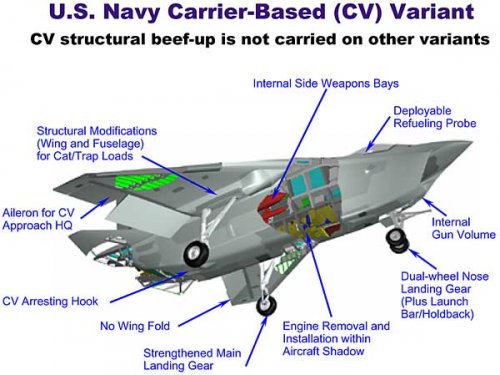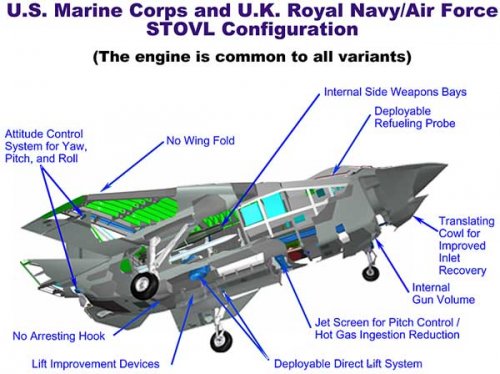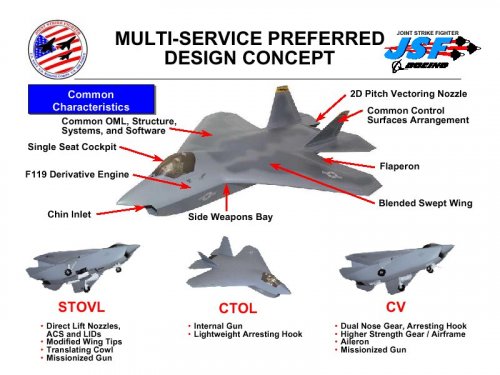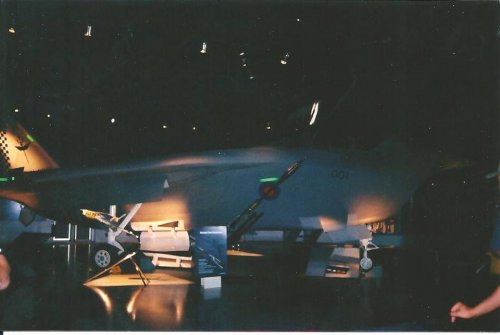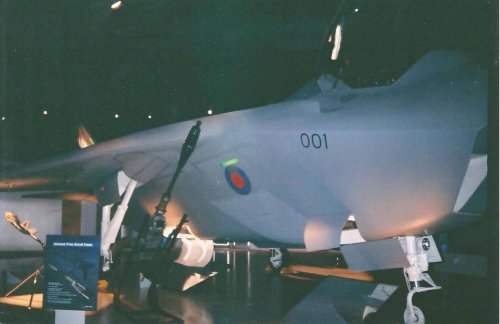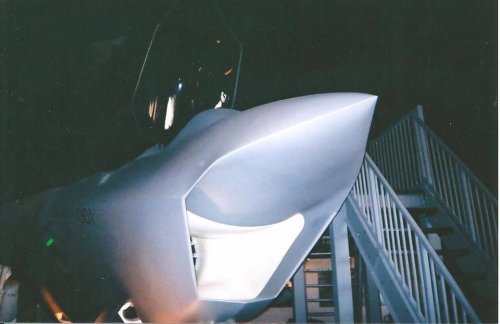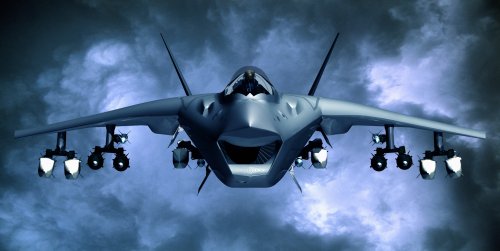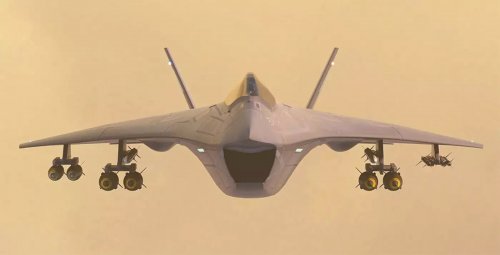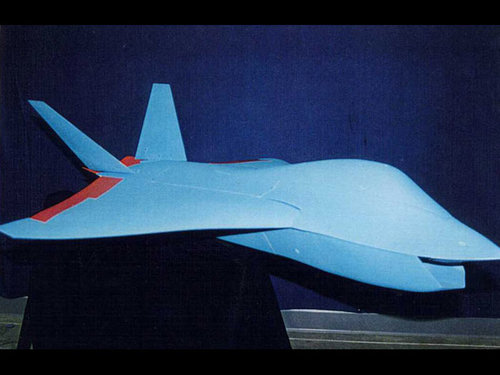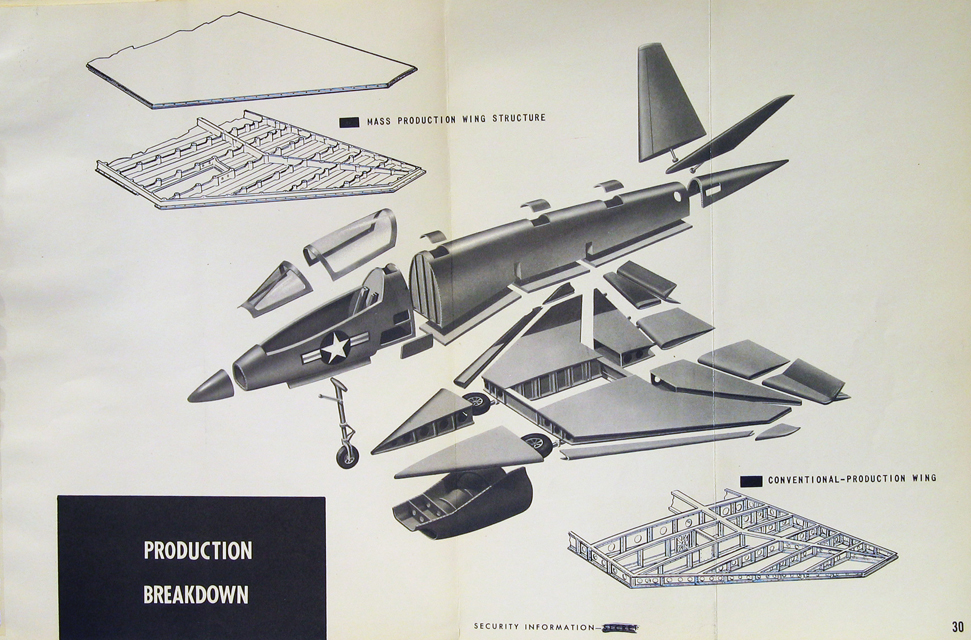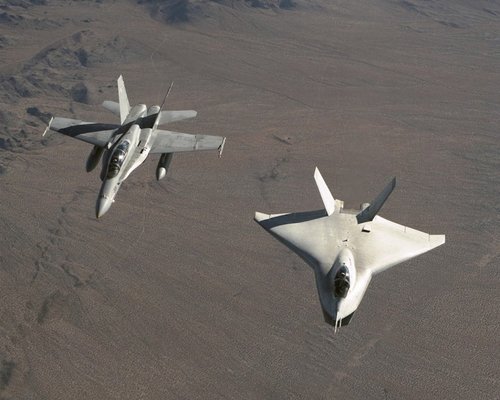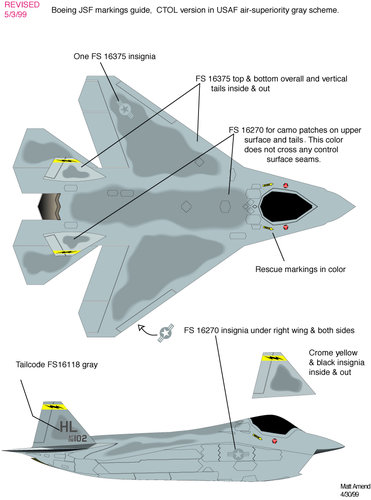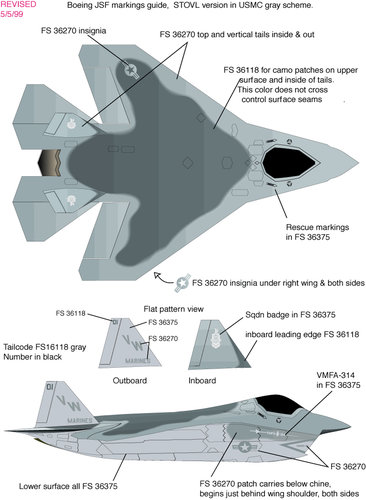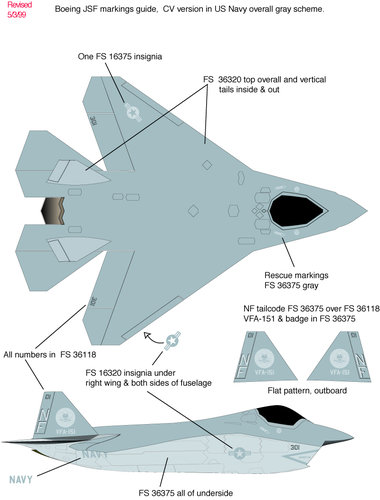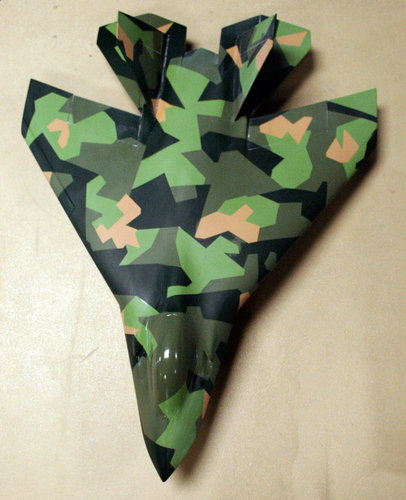I have been looking at this design lately as a basis for my paper airplane designs. The chin intake really spoils the looks of this compact and innovative design.
Has no-one seen the similarity to the Northrop N-102 Fang design from the 1950s? Another compact design that lost out on range due to the inefficiency of the delta wing.
Compared to the AV 8B, the X-32 is a much heavier aircraft, with an empty weight of 10,000 kg compared to the AV 8 B weight of 6,000 kg empty. A huge engine was required, which in turn would need more fuel.
If Boeing was going to lose anyway they could have stuck with the original proposal and added in-wing electrically operated lift fans like the Ryan Vertijet, cutting into some of that fuel.
Jim Smith had significant technical roles in the development of the UK’s leading military aviation programmes. From ASRAAM and Nimrod, to the JSF and Eurofighter Typhoon. We asked his opinion on wh…

hushkit.net
Boeing's final proposal abandoned the delta wing and adopted a low aspect ratio swept wing with a conventional tail. In-wing fans, in conjunction with the vectored thrust nozzles, would have paced the center of VTOL lift in the wrong location.

